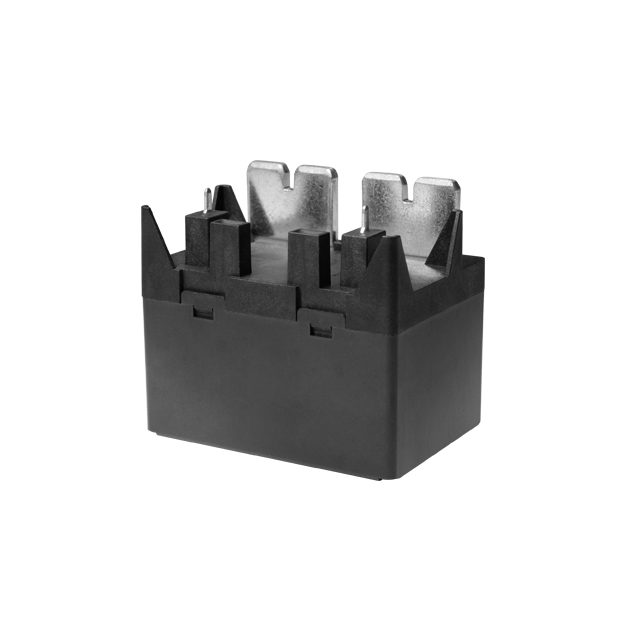Overload Protection: Relays are often designed to include overload protection mechanisms to prevent damage from excessive current. This can be achieved through thermal protection, fuses, or current sensing to ensure that the relay disconnects or operates in a way that prevents overheating and potential fire hazards.

Short Circuit Protection: In case of a short circuit, relays can be equipped with features that either immediately disconnect the load or trip the circuit, preventing further damage to the system. Surge Protection: Some relays have built-in protection against voltage surges, which can occur due to switching or external disturbances. This helps prevent the relay’s contacts from being damaged by high-voltage spikes. Arc Suppression: When a relay switches, the contacts can create an electric arc, which may lead to premature wear or even failure of the contacts. To counteract this, many relays are equipped with arc suppression mechanisms, such as metal oxide varistors (MOVs) or resistors, which help in extinguishing the arc and prolonging the relay’s lifespan.
Leave a Reply